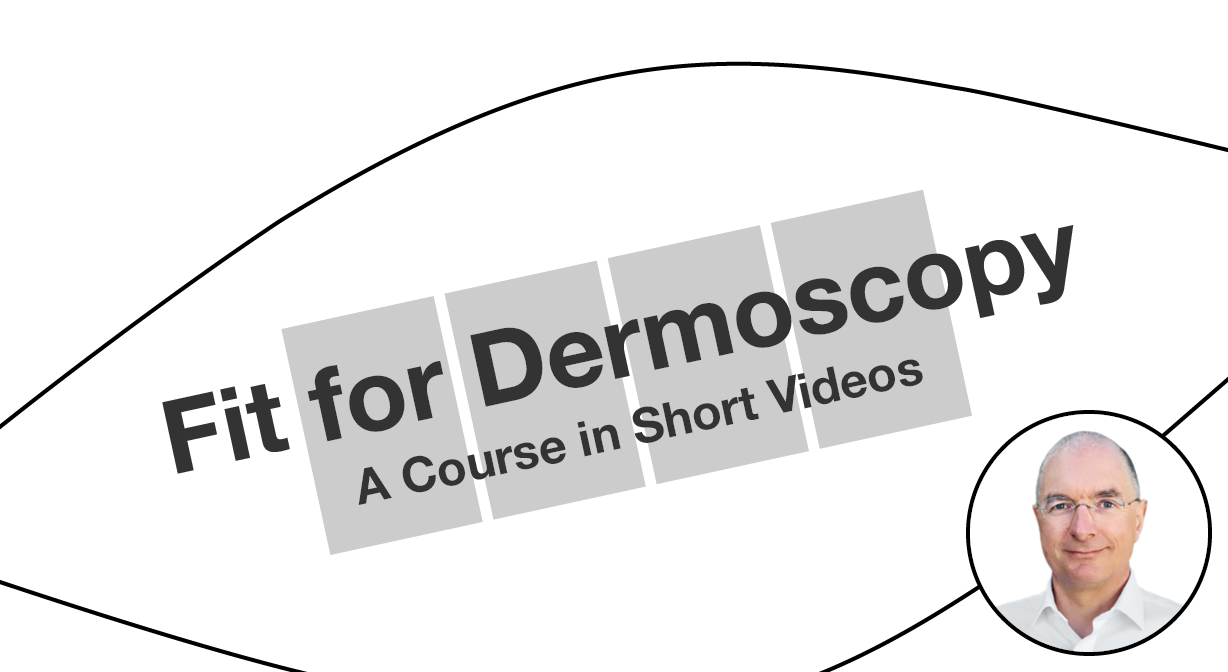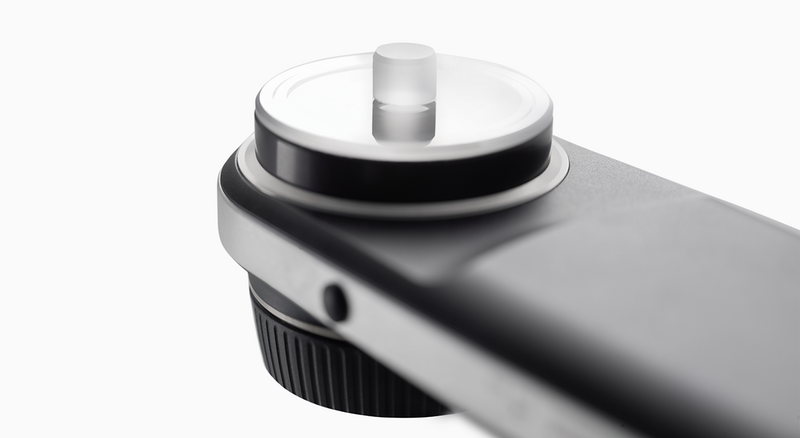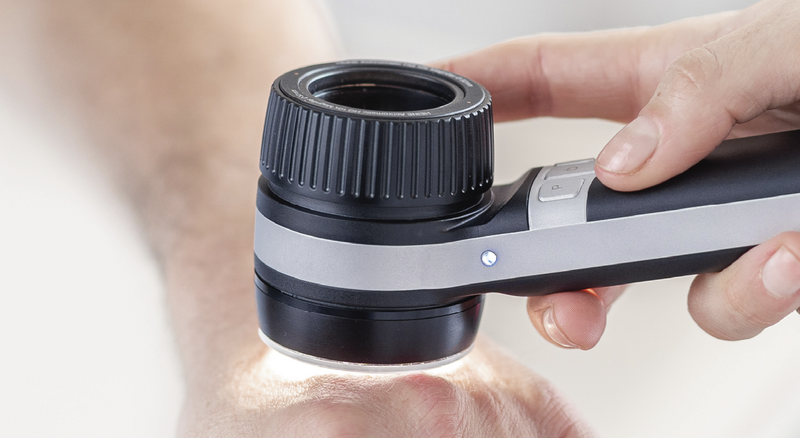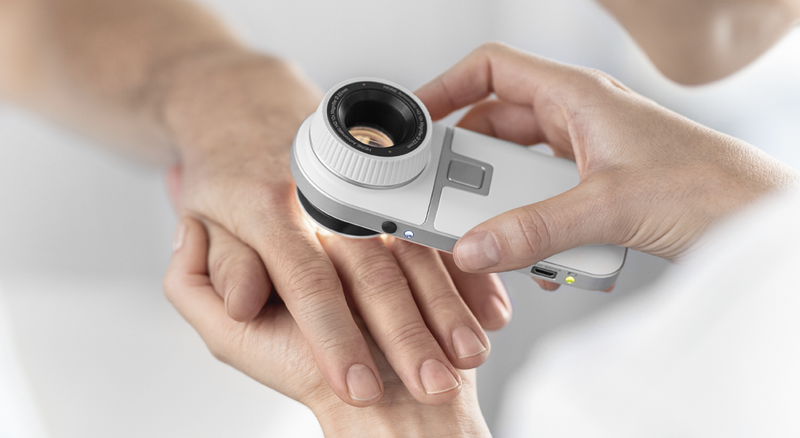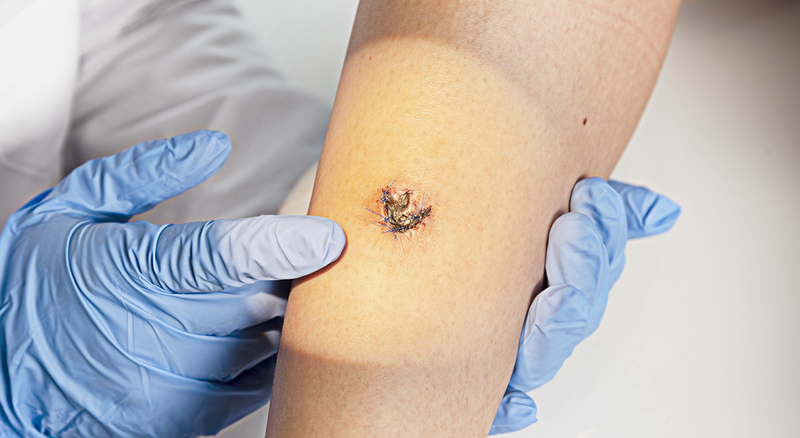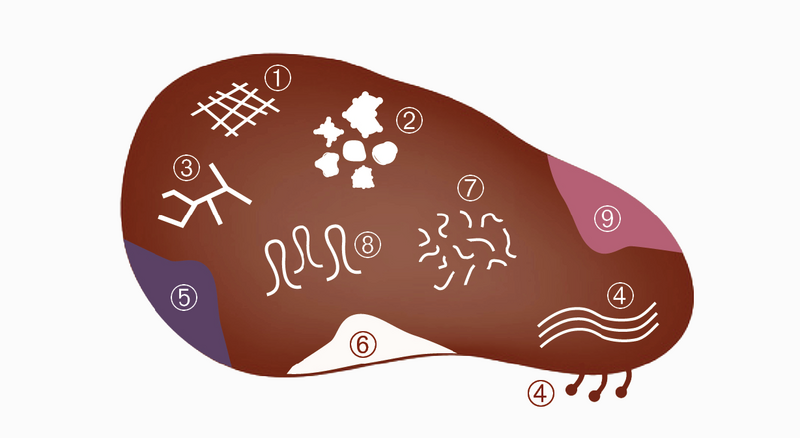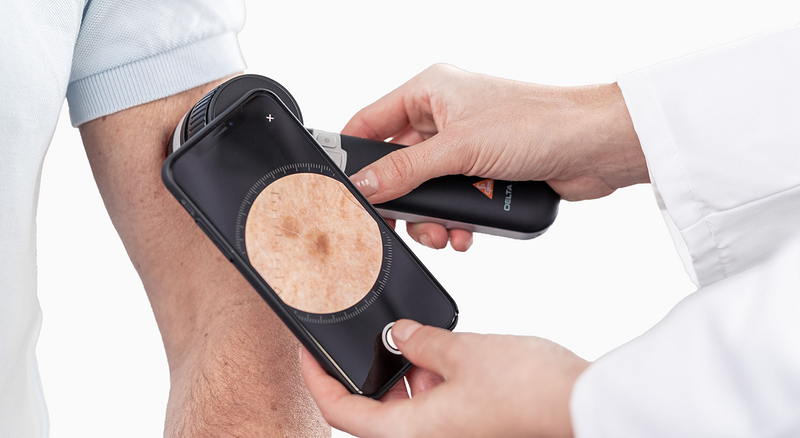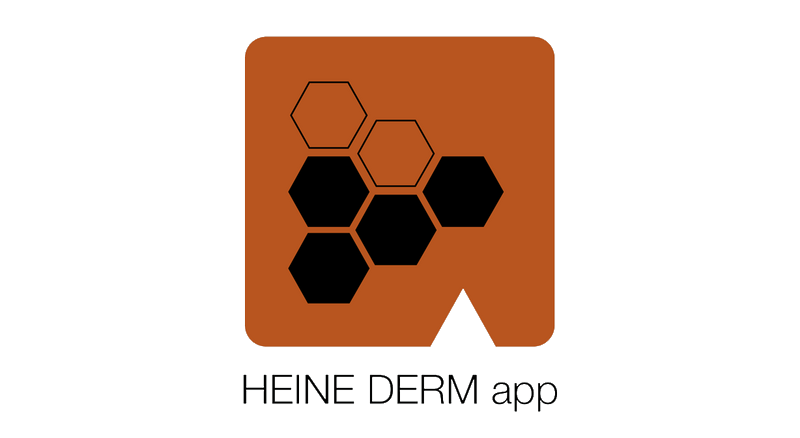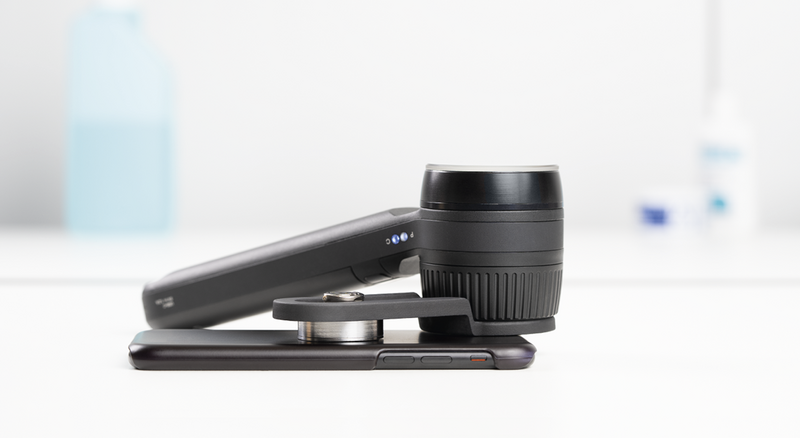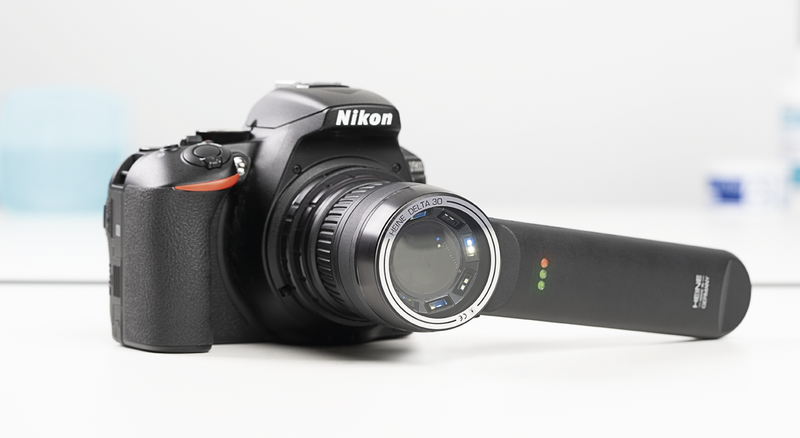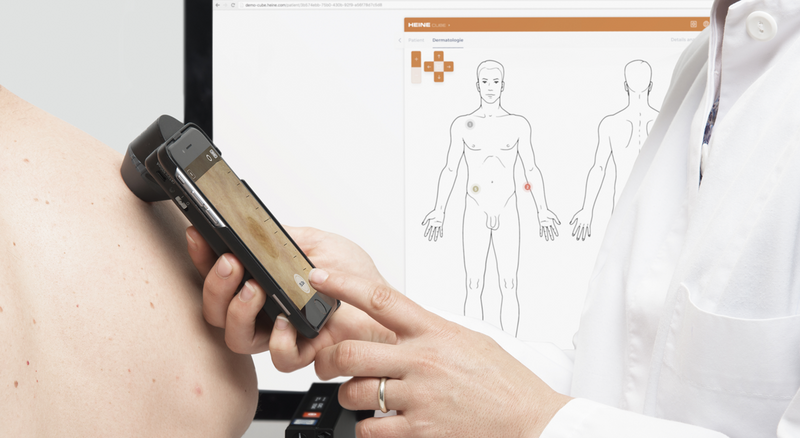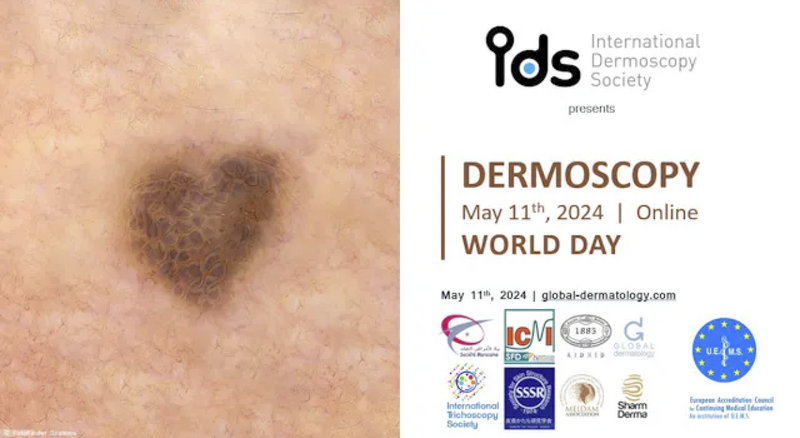HEINE Dermatology
Dermatology is a specialist field that encompasses all conditions affecting the skin, hair and nails. The most important diagnostic tool in dermatology is the dermatoscope (which is also known as the ‘reflected-light microscope’). Early detection of skin cancer is particularly important, as it can significantly increase the chances of patient treatment and recovery. Optimum illumination and magnification – in conjunction with precise, sharp imaging – provide the best conditions for a dermatologist or general practitioner to perform a dermatoscopic examination of the skin.
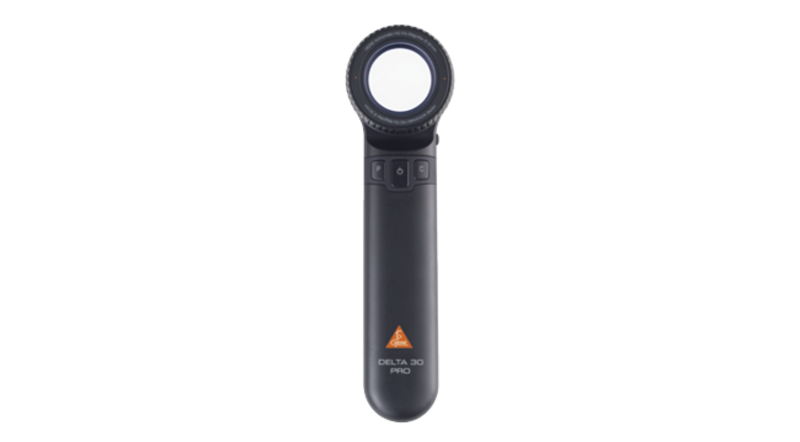
HEINE DELTA 30 PRO dermatoscope
High-end dermatoscope with our best imaging
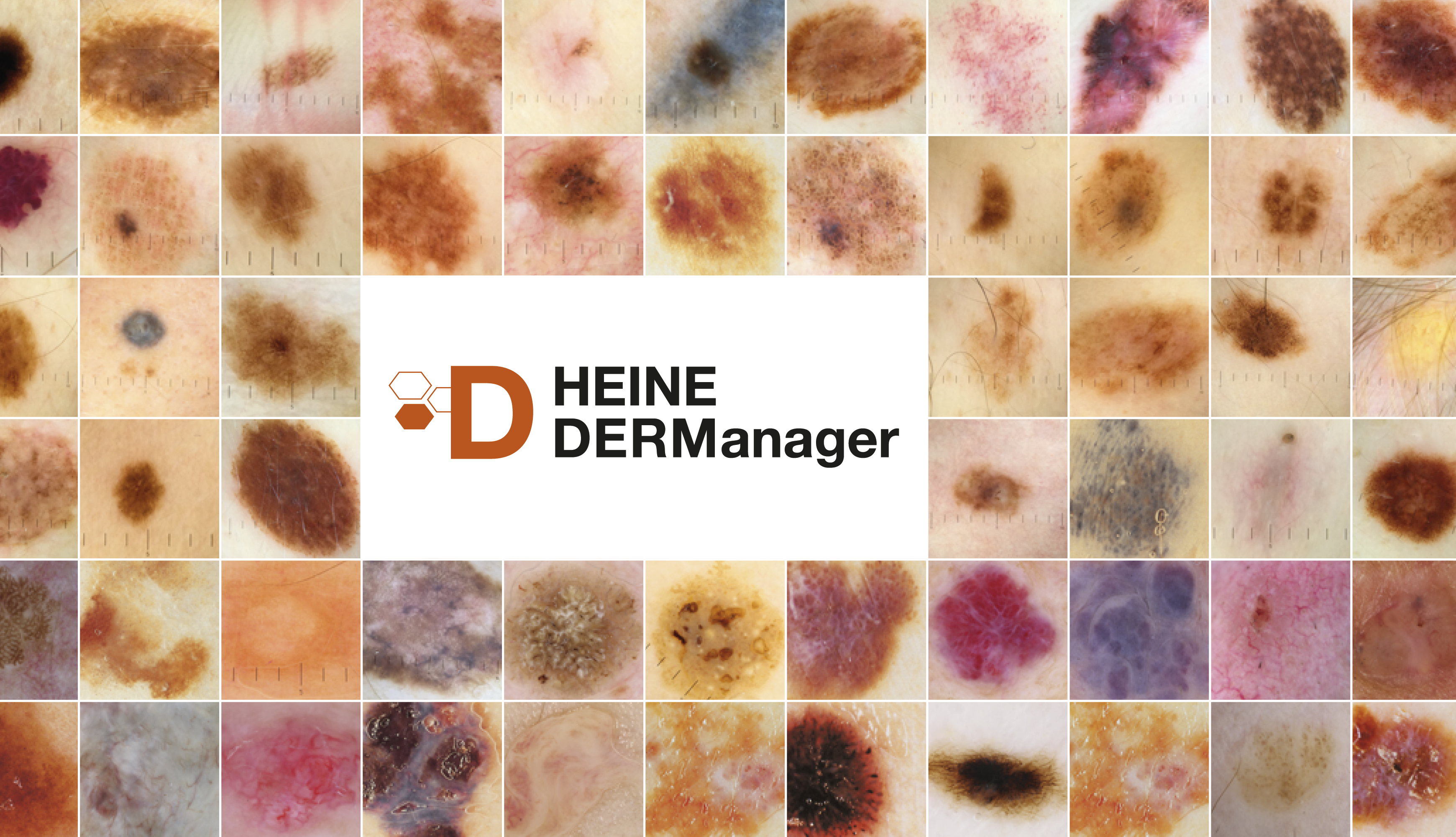
HEINE DERManager
Digital documentation from the inventor of the dermatoscope
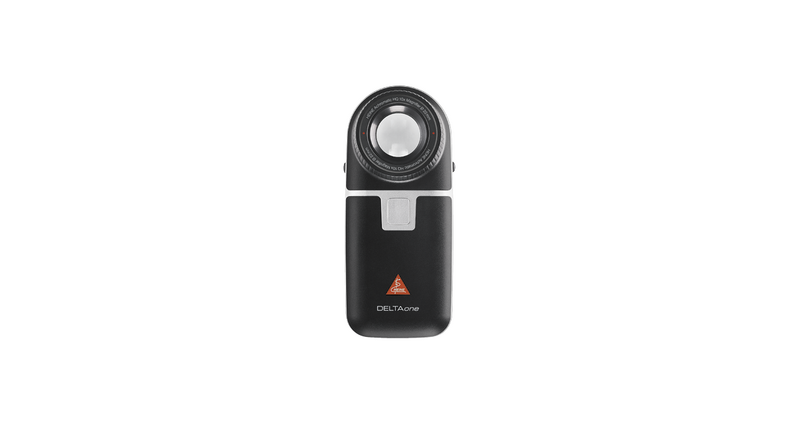
HEINE DELTAone dermatoscope
Uniting diagnostic precision and mobility
